Amish cooking might seem a world away from modern culinary techniques, but it’s packed with wisdom that could change the way you think about food. From the communal joy of cooking together to the sustainable practice of canning everything in sight, these kitchen secrets are both practical and profound. These fundamental practices from the Amish highlight the beauty of simplicity in cooking and the deep connection it fosters within the community.
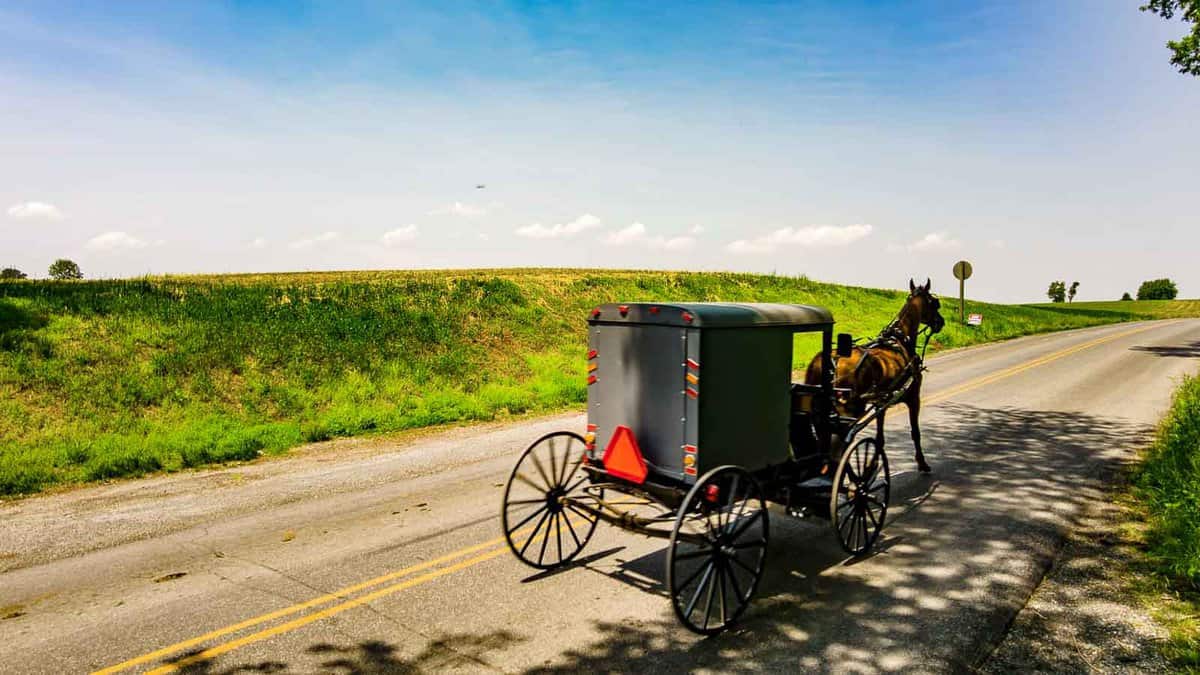
Cooking and Community Go Hand in Hand
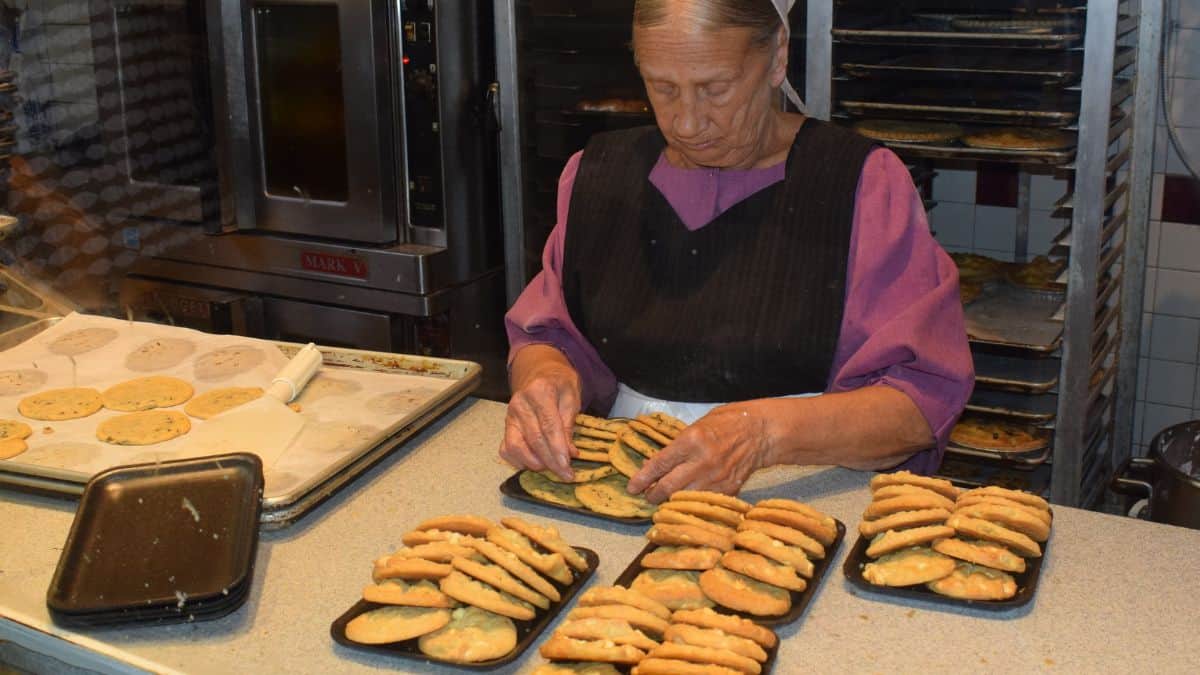
In the Amish tradition, the end of Sunday service, held biweekly in a family’s home, is just the start of a communal gathering. Hosting the service means also preparing a meal, a task that rotates among families to share the effort. This custom knits the community closer, turning each service into a chance to bond over a light lunch, tea, and cookies. It’s a beautiful blend of faith, food, and fellowship, showing how deeply cooking and sharing a meal can connect people.
Almost Everything Can Be Canned!
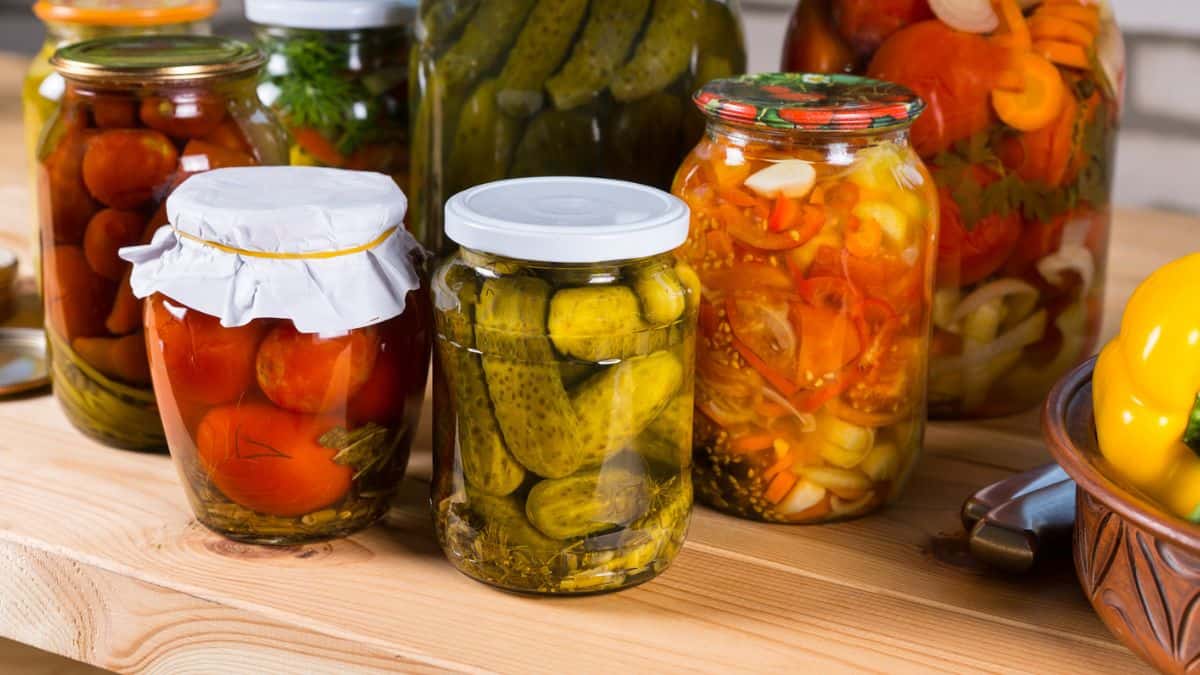
Canning isn’t just a hobby in the Amish community; it’s a way of life that captures the essence of each season. When gardens are overflowing with cucumbers, strawberries, and more, these goodies get tucked into jars and stowed away in cool cellars. This low-tech, traditional method means even in the heart of winter, families can enjoy the taste of summer’s bounty.
Eat Breakfast Together as a Family

Imagine the house waking up before the sun does, the kitchen bustling while the world outside is still quiet. Breakfast in an Amish home isn’t just about eating; it’s the calm before the storm of the day. While some are out milking cows and others are tackling the laundry, there’s always something warming up on the wood stove, filling the house with comforting smells. But the best part? Everyone comes together to share these early moments, creating a bond over simple dishes that sets a solid foundation for the day ahead.
Teach Traditions to Each Generation

In the Amish community, passing down cooking traditions isn’t about following detailed recipes from a book. It’s about mothers and daughters standing side by side in the kitchen, where a simple index card of ingredients is the only guide. Through hands-on teaching, girls learn not just to cook and bake but to master the techniques and methods by heart.
Pie is Good For Every Occasion
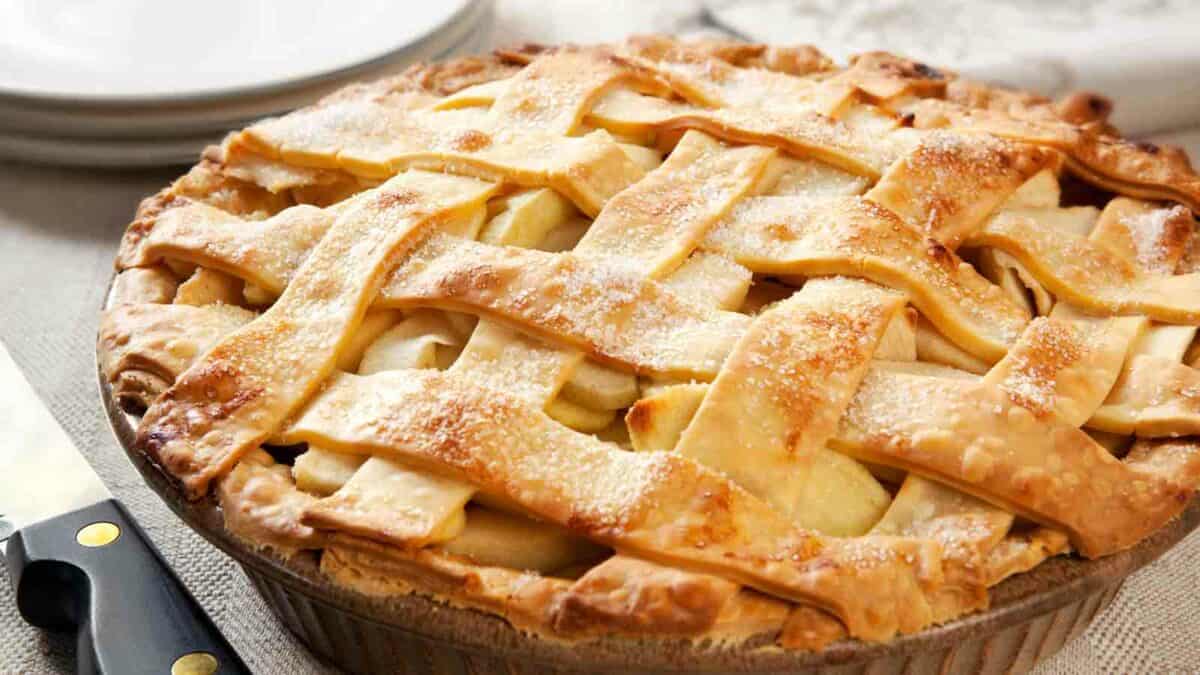
In the Amish world, pies hold a special place at the heart of cooking, becoming a canvas to celebrate the seasons or creatively use what’s on hand. Whether it’s the fruit of summer or the deep, rich flavors meant for Christmas, pies are a cherished way to share the bounty. Making 8-12 pies a week isn’t out of the ordinary, with the Shoofly pie, a breakfast favorite, often stealing the show.
Grow and Raise Your Own Food
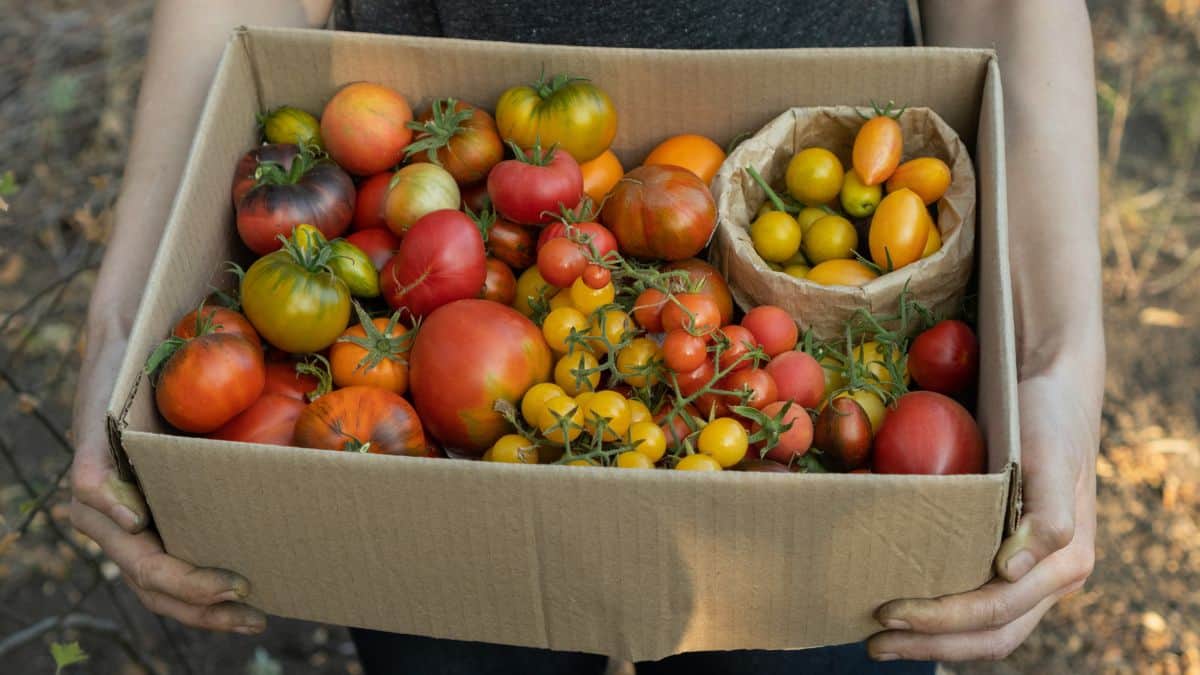
An Amish farmers market showcases the essentials: crisp apples, fresh potatoes, eggs, tomatoes, and greens. This is because Amish families grow and raise most of their own food. Their meals directly reflect this, using ingredients straight from their land. It’s a straightforward approach to eating fresh and knowing exactly where your food comes from, ensuring every dish is filled with natural, homegrown goodness.
Nothing Goes to Waste
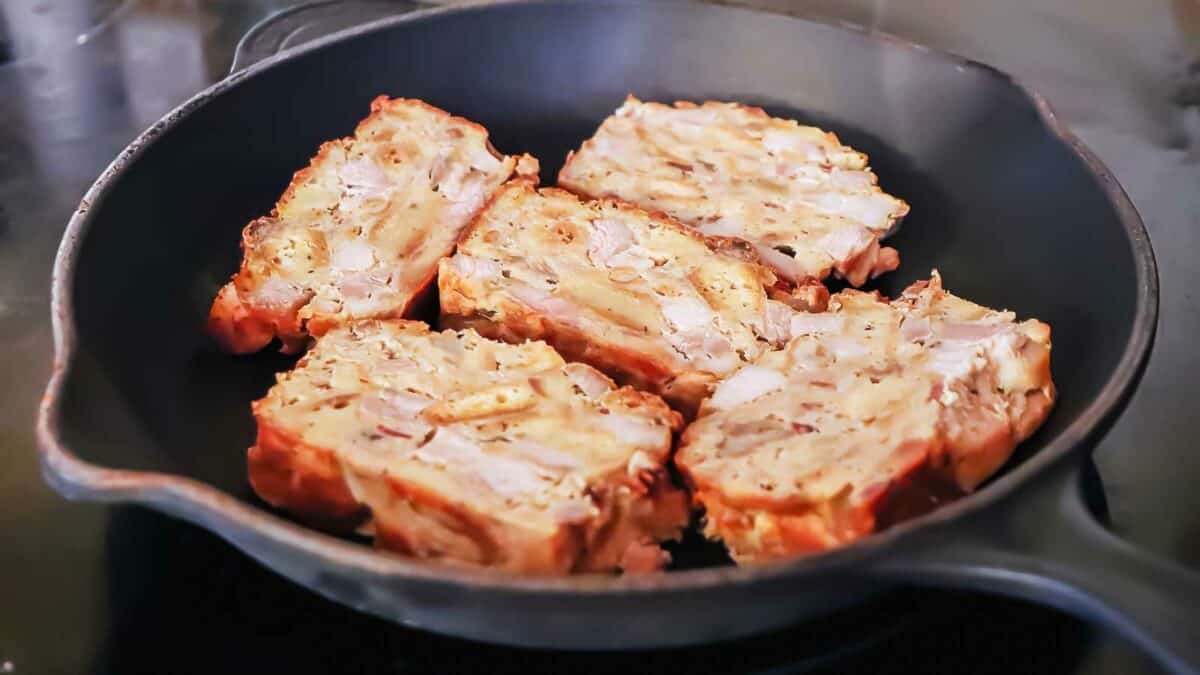
The Amish approach to cooking embodies efficiency and respect for resources. When processing a pig, for example, every part is utilized over several days, resulting in an array of dishes from homemade sausage to smoked meat pies and hearty soups enriched with ham. Even the tiniest scraps find a purpose, often turning into cornmeal scrapple, a staple among the Pennsylvania Dutch.
Keep Food at the Center of Every Important Life Celebration
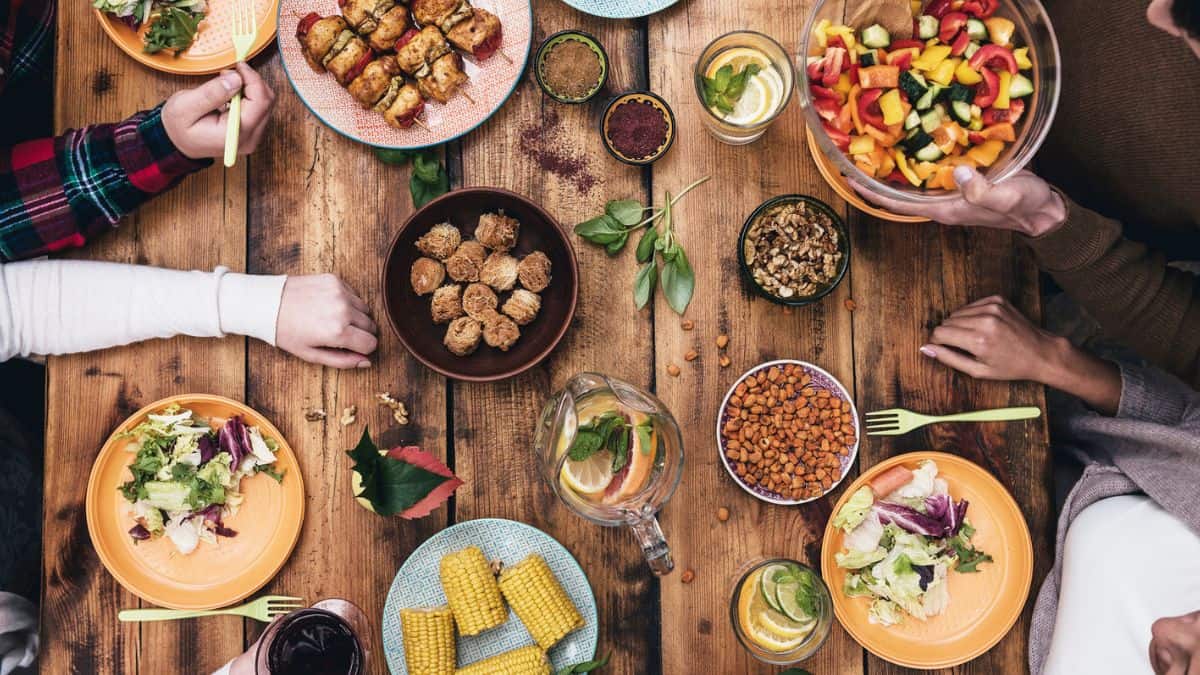
In Amish communities, large events like weddings and barn raisings bring everyone together, sometimes feeding hundreds. It’s all hands on deck, with neighbors and relatives ready to help whip up massive meals. Imagine tables laden with everything from mashed potatoes and pies to sweet and savory salads, showcasing the abundance at these gatherings. This tradition of sharing a generous spread ensures that food remains a cornerstone of celebration, deepening community ties with every shared meal.
Absolutely Delicious Food Can Be Made From Almost Nothing

In Amish kitchens, less is often more. A few basic items like flour, butter, and eggs are all it takes to whip up something special, like their famous Sugar Cookies or the wedding treat “nothings” — light, deep-fried pastries sprinkled with sugar.
10 Genius Ways To Use Leftover Bacon Grease You Probably Haven’t Tried

So, you’ve cooked up some bacon and now you’re left with a jar of bacon grease sitting on the counter. What’s next? Before you even think about tossing it, let me tell you there’s a whole world of uses for that flavorful fat. From cooking hacks to surprising twists in your recipes, bacon grease can be your kitchen’s secret weapon. Here are some fun ways to use it beyond just frying eggs.
Read it Here: 10 Genius Ways To Use Leftover Bacon Grease You Probably Haven’t Tried
13 Reasons Why You Should Grow Your Own Food (Even Just A Little!)

Growing your own food isn’t just for those with sprawling gardens; a small container or patch of dirt is all you need to start. Replacing even a few items from your grocery list with homegrown produce can inject fun and flavor into your meals. It’s a transformative experience that brings unparalleled freshness to your table and connects you more deeply with the cycle of nature. Let’s explore the many benefits of turning even the smallest space into a flourishing garden.
Read it Here: 13 Reasons Why You Should Grow Your Own Food (Even Just A Little!)
I Live In Amish Country, These 11 Foods Are The Best Part of Their Culture

Last year, we moved to a rural area in the middle of Amish country. Our Amish neighbors helped us renovate the house, build a detached barn and throughout it all shared food from their garden and gifted us with some of the best Amish home-cooked foods to welcome us into the community. Amish culture is steeped in simplicity, community and a profound connection to the land. These classic Amish foods are some of the most genuinely delicious dishes I’ve ever tasted and will make you appreciate the culture on a whole new level.
See Them Here: I Live In Amish Country, These 11 Foods Are The Best Part of Their Culture
Photos provided by Depositphotos.
Gina Matsoukas is an AP syndicated writer. She is the founder, photographer and recipe developer of Running to the Kitchen — a food website focused on providing healthy, wholesome recipes using fresh and seasonal ingredients. Her work has been featured in numerous media outlets both digital and print, including MSN, Huffington post, Buzzfeed, Women’s Health and Food Network.








